
(français ci-dessous)
We are celebrating our last days at Forde, you are invited on
Thursday June 30th, 2016
6 pm
Meditation with Maud Le Monnier
from 7 pm
(inside)
Exhibition by
Bianca Benenti
Vittorio Brodmann
Charlotte Herzig
Marc Hunziker
Guy Meldem
Flavio Merlo
Bea Schlingelhoff
Linda Semadeni
&
Booklaunch by Hugo Baud
&
(outside)
Exhibition by Matthias Sohr
20h
Vegetarian dinner by Tiphanie Blanc
Dessert by Sacha Béraud
+
Friday 1st, Saturday 2nd and Sunday 3rd
Open from 3 to 5 pm and by appointment (+41 78 891 65 35)
A warm thank you to all the people and institutions who helped and supported us during these two years.
<3
Maud, Tatiana & Ramaya
–
Afin de célébrer nos derniers jours à Forde, nous vous invitons
le jeudi 30 juin 2016
18h
Méditation avec Maud Le Monnier
dès 19h
(à l’intérieur)
Exposition de
Bianca Benenti
Vittorio Brodmann
Charlotte Herzig
Marc Hunziker
Guy Meldem
Flavio Merlo
Bea Schlingelhoff
Linda Semadeni
&
Lancement du livre de Hugo Baud
&
(à l’extérieur)
Exposition de Matthias Sohr
20h
Repas végétarien par Tiphanie Blanc
Dessert par Sacha Béraud
+
Vendredi 1er, samedi 2 et dimanche 3 juillet
Ouvert de 15h à 17h et sur rendez-vous (+41 78 891 65 35)
Un grand merci à toutes les personnes et institutions qui nous ont aidées et soutenues pendant ces deux années.
<3
Maud, Tatiana & Ramaya
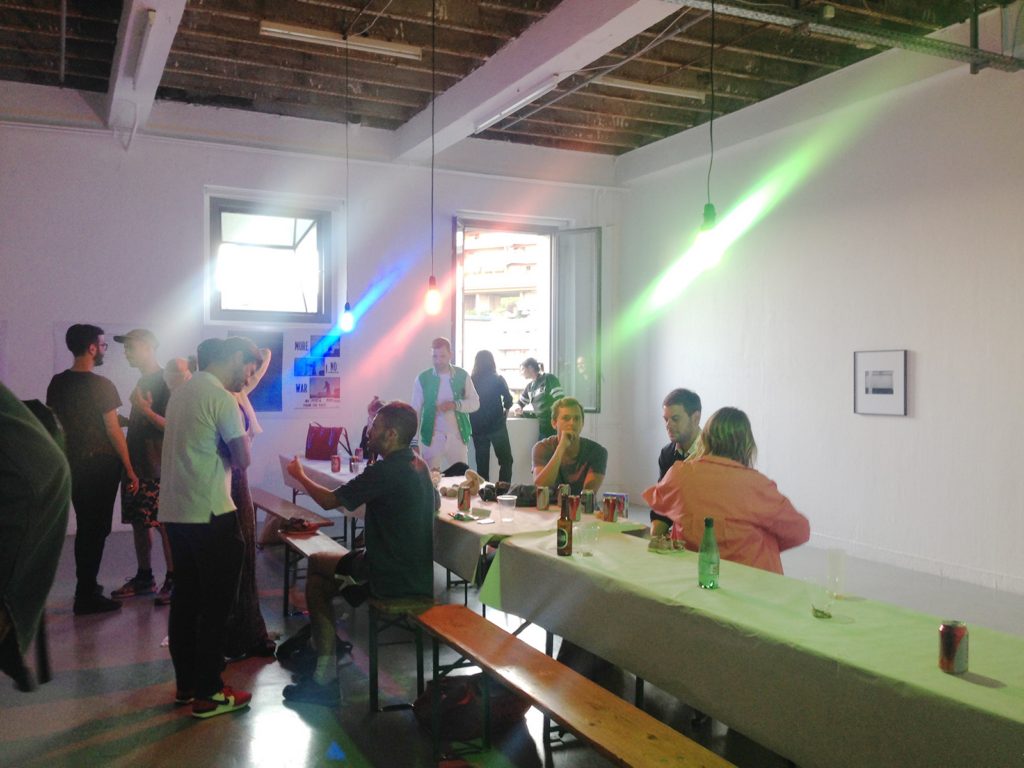
Hugo Baud:
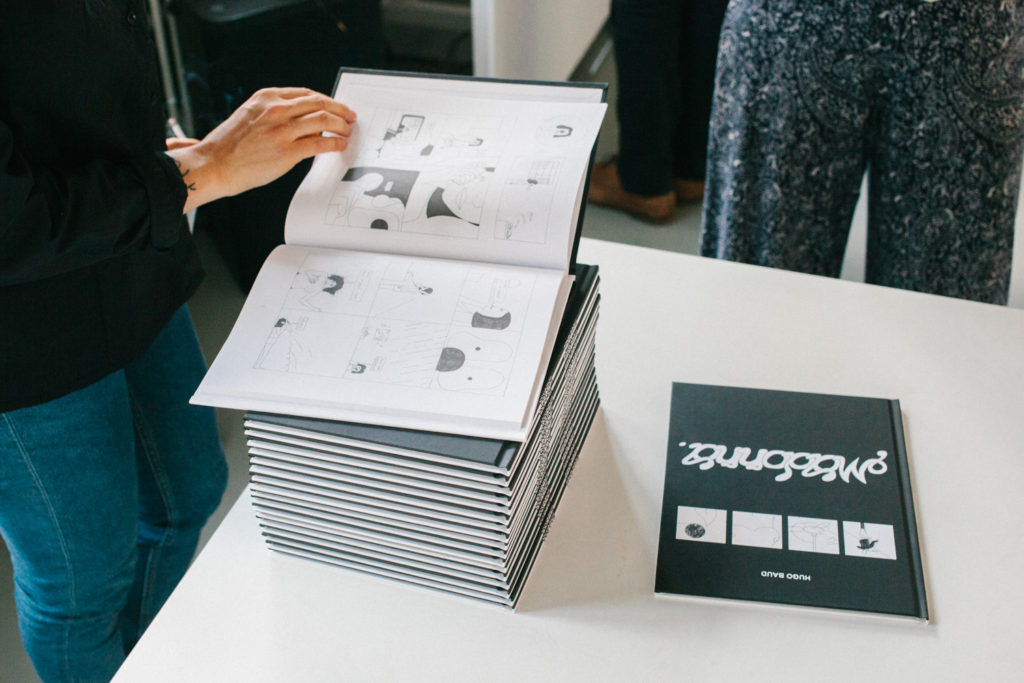
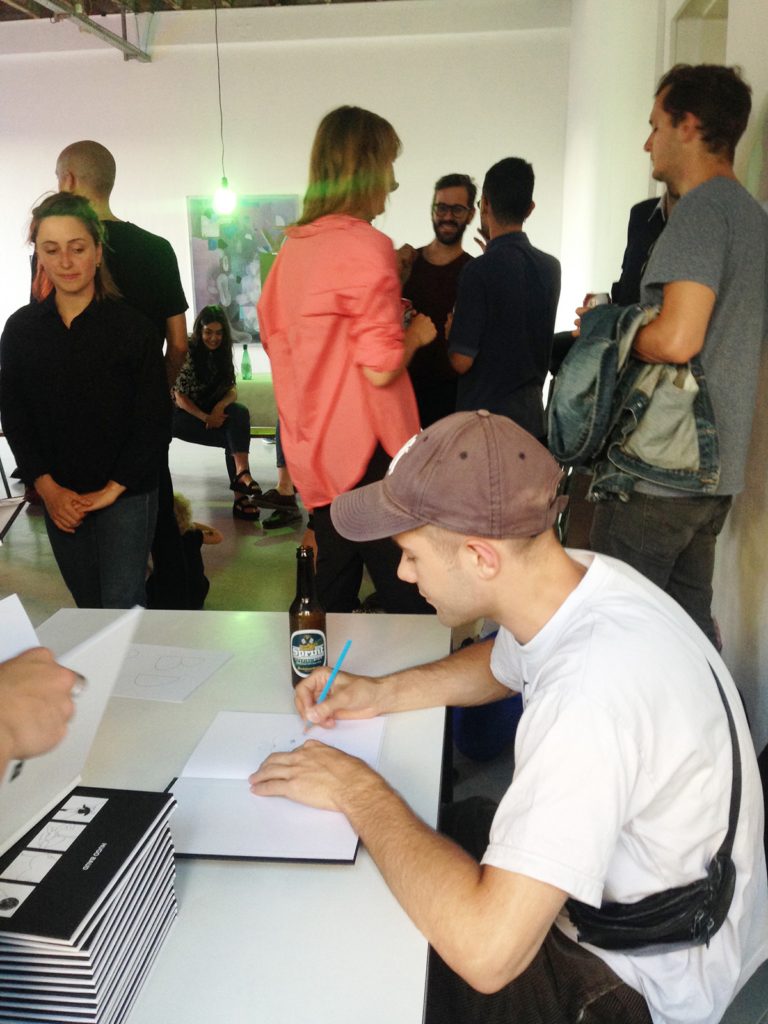
Maud Le Monnier:
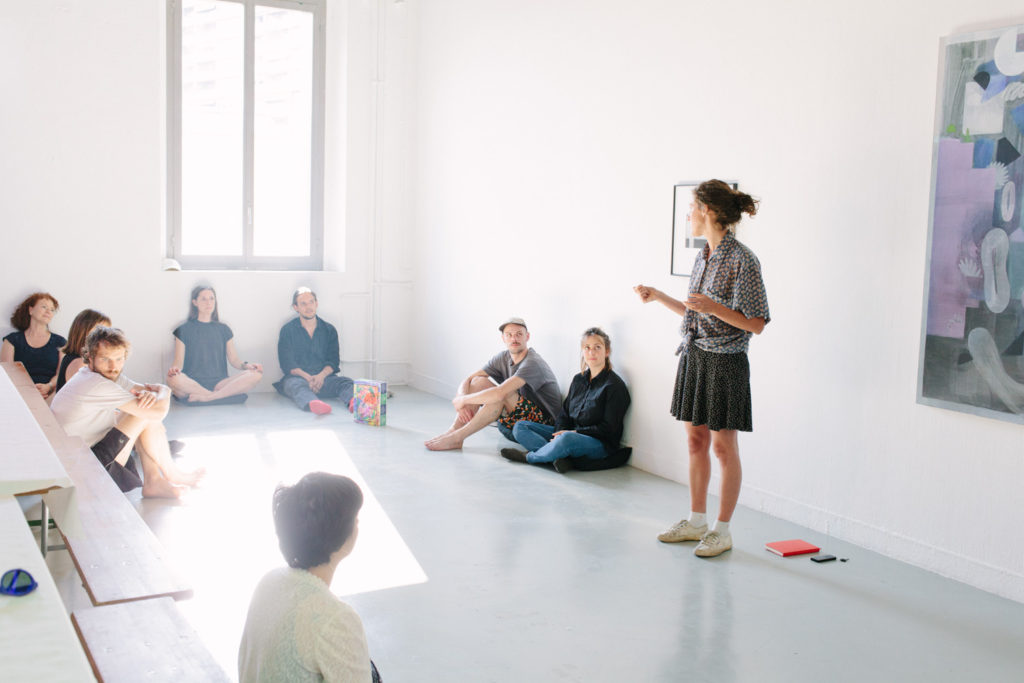
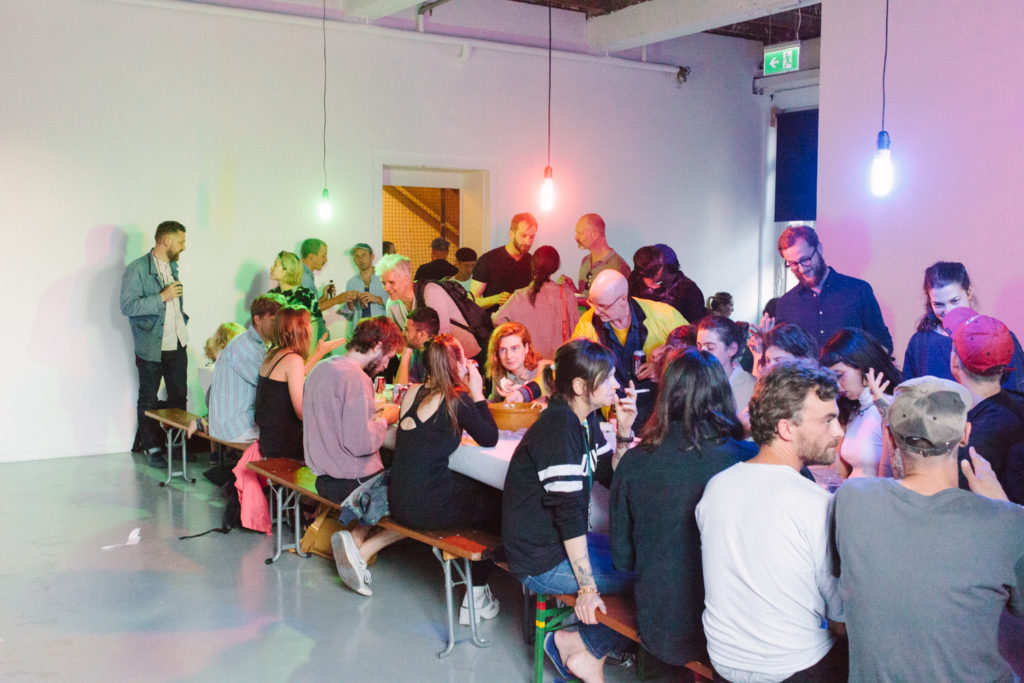

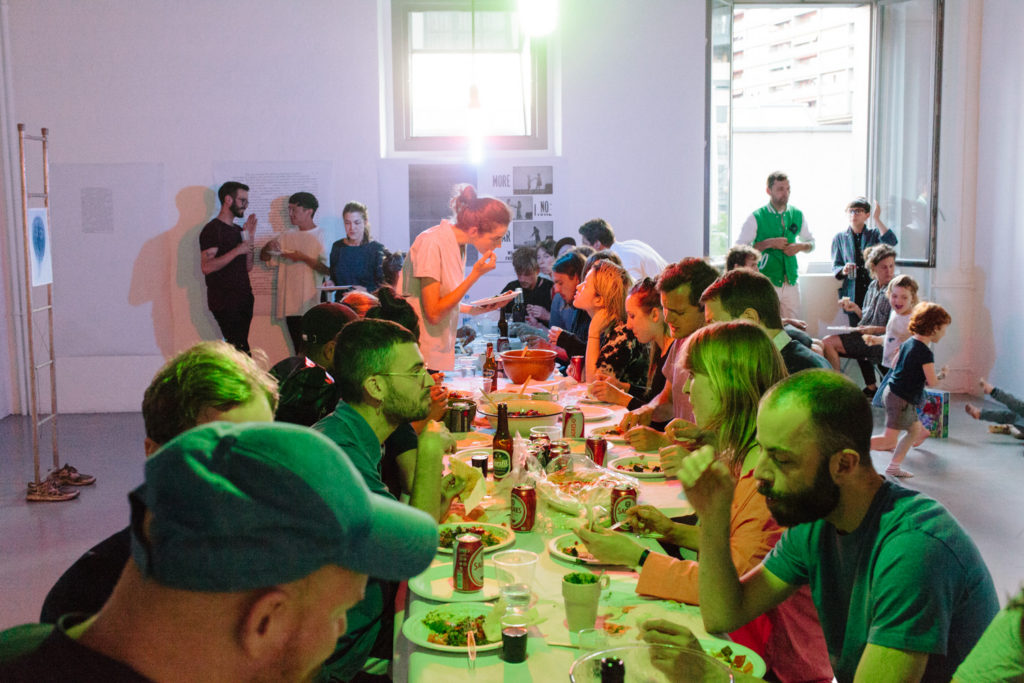
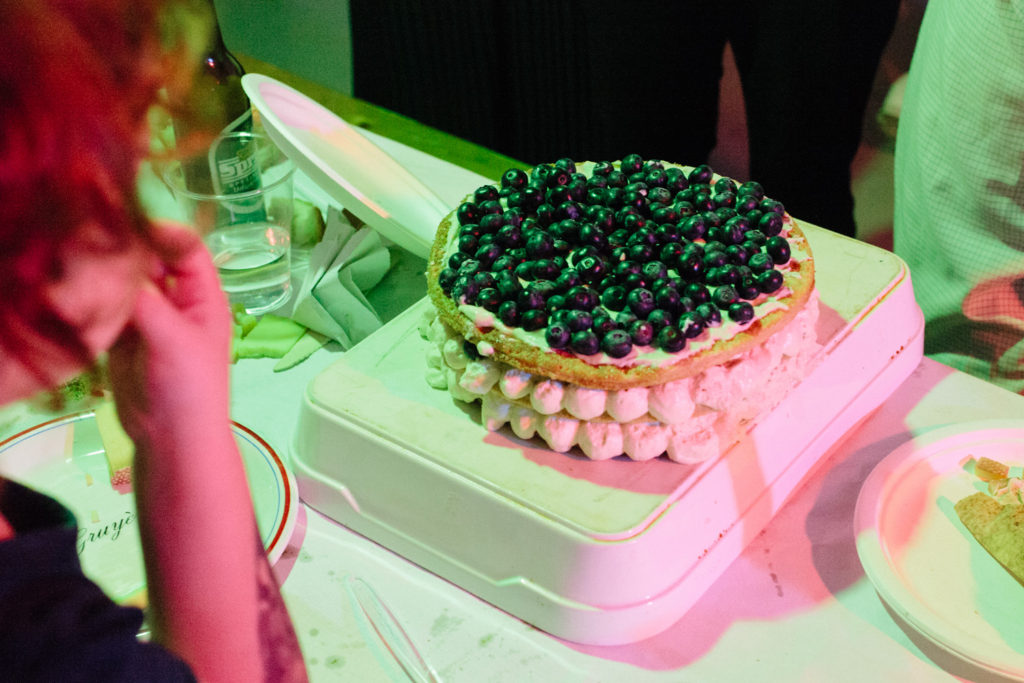
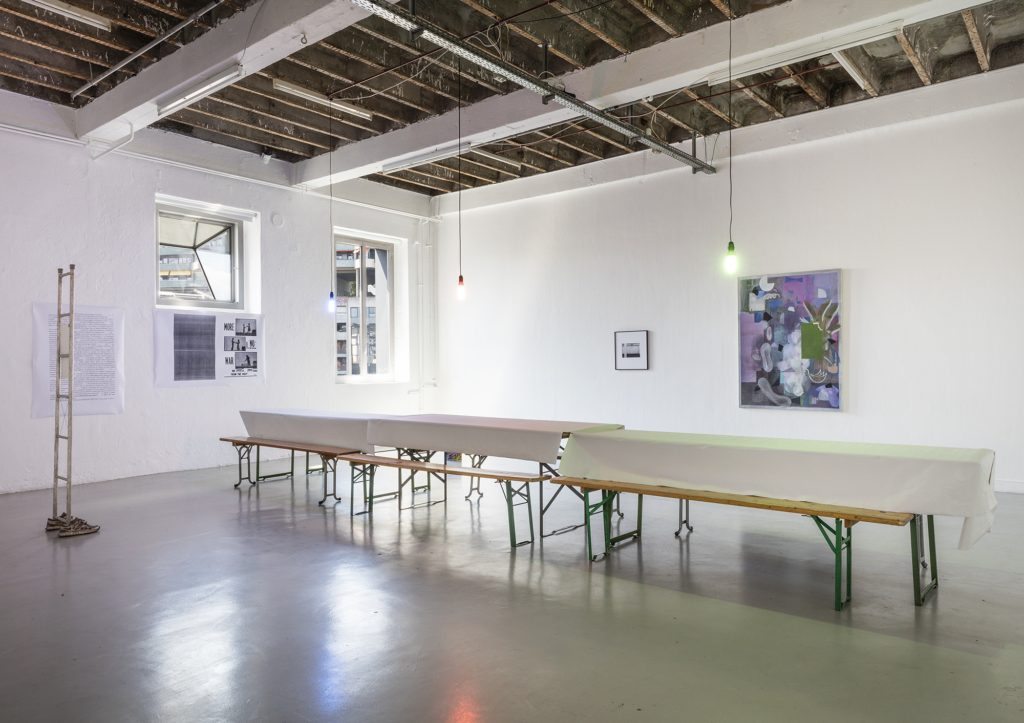
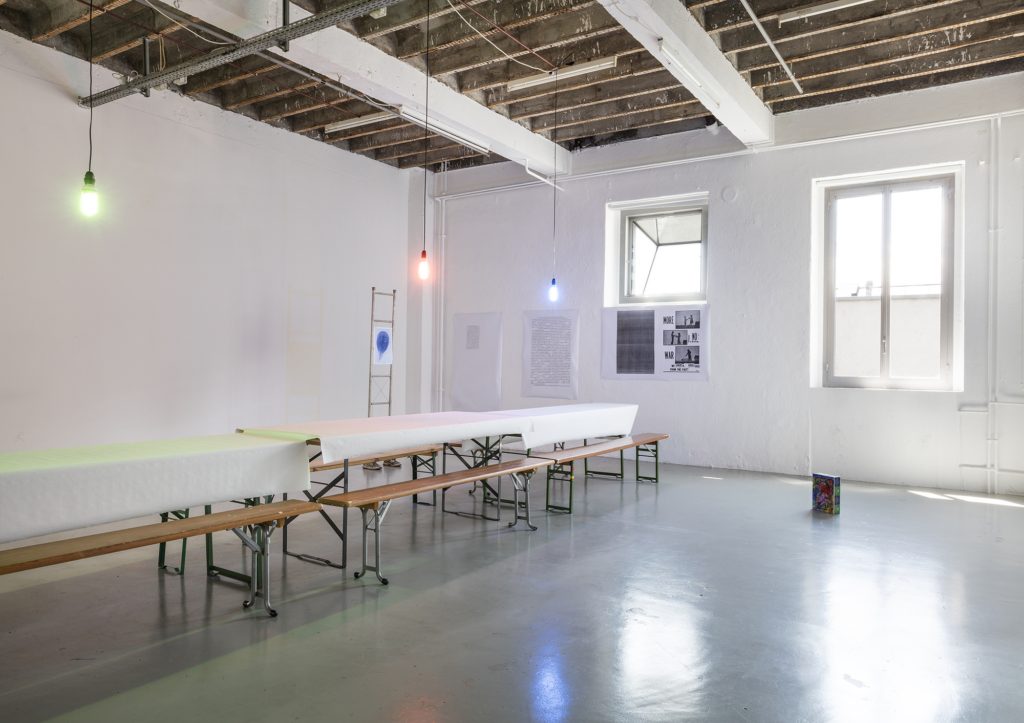
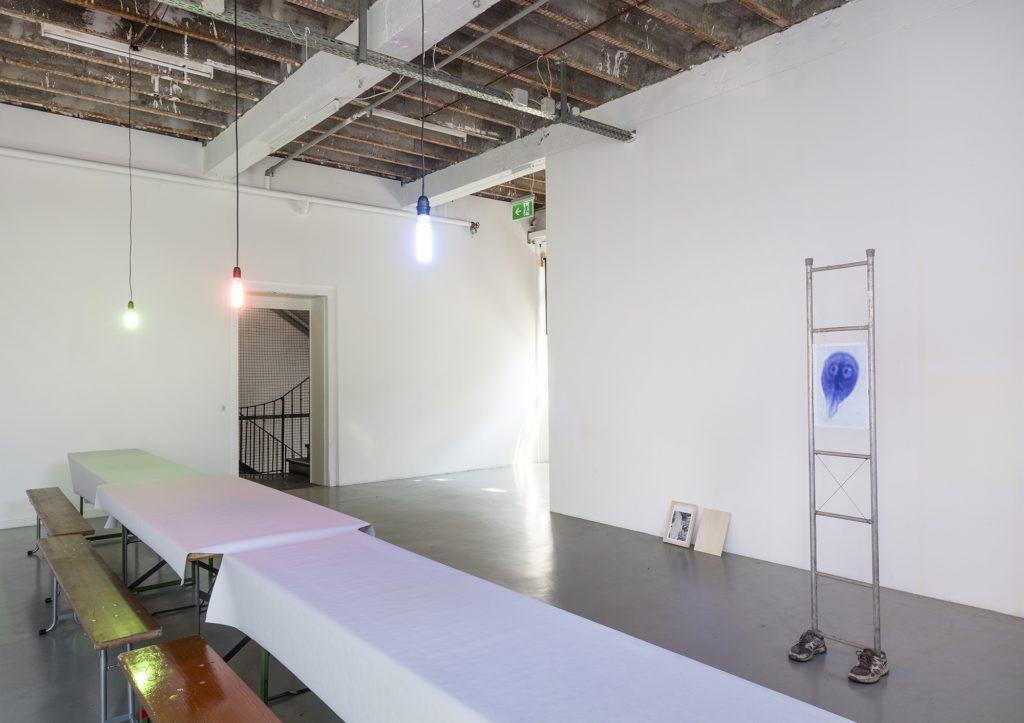
Linda Semadeni:
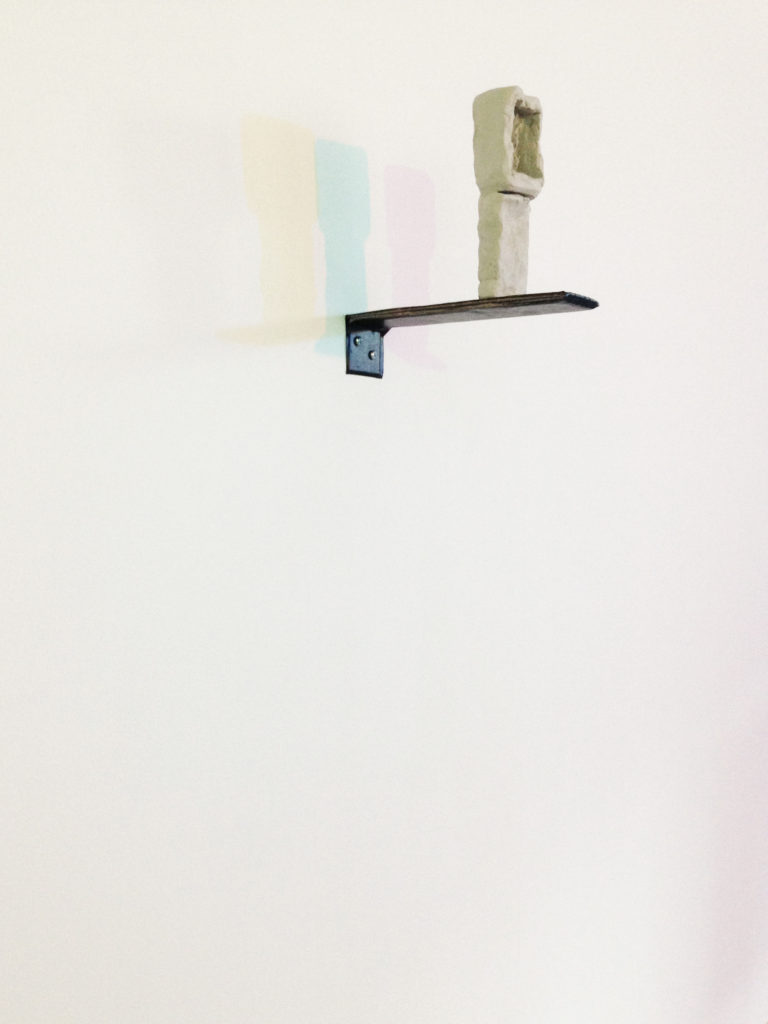
Flavio Merlo:
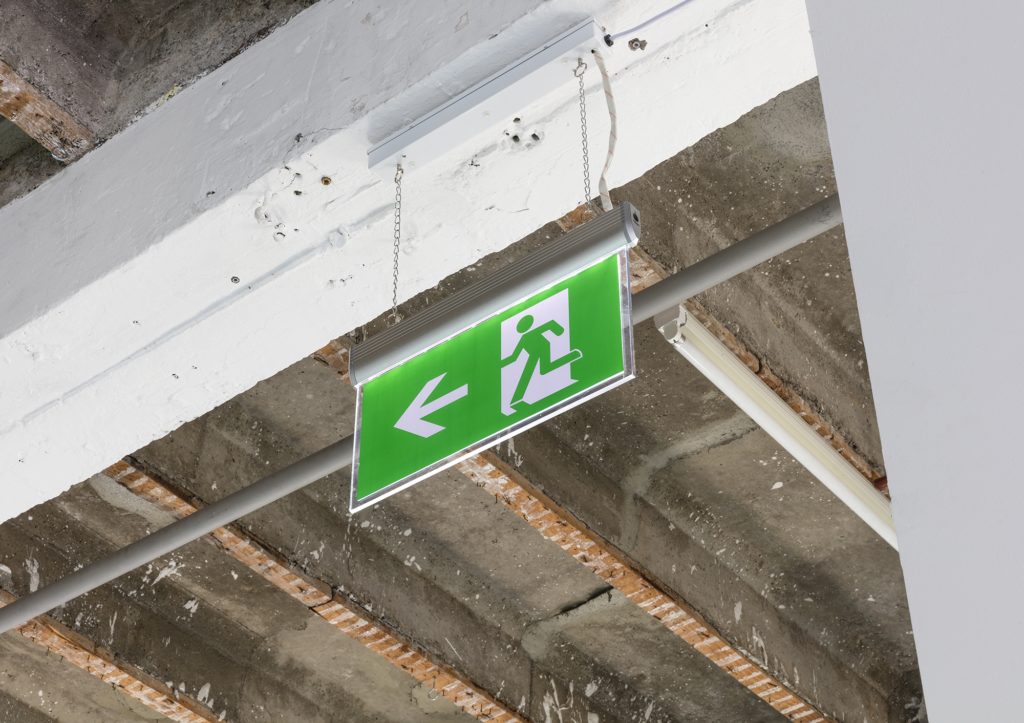
Guy Meldem:
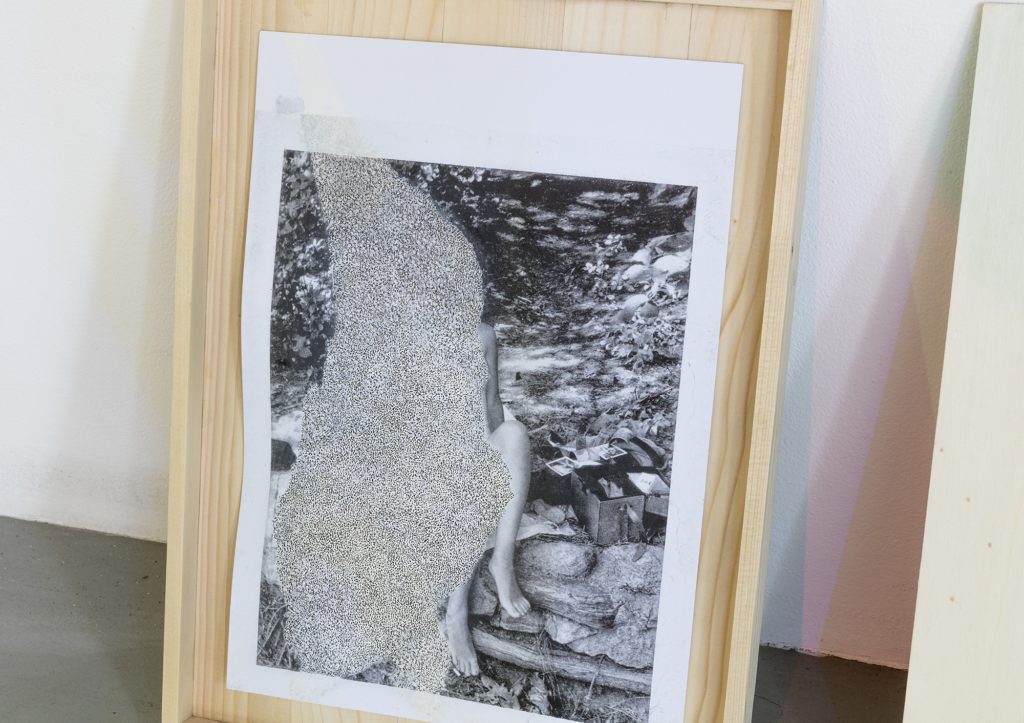
Marc Hunziker:
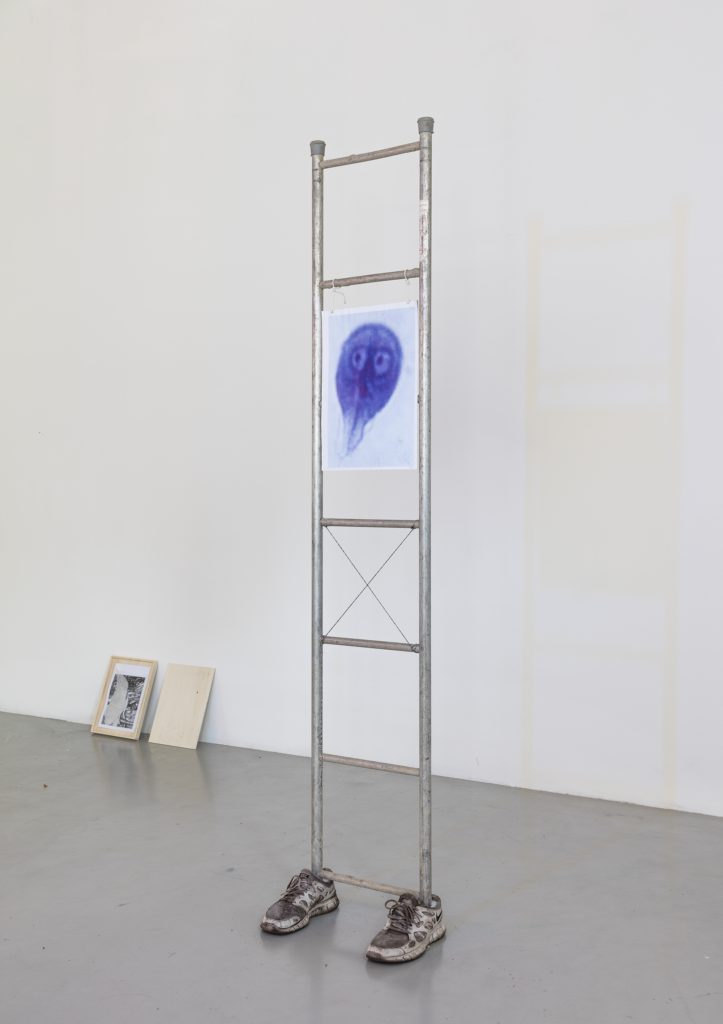
Bea Schlingelhoff:
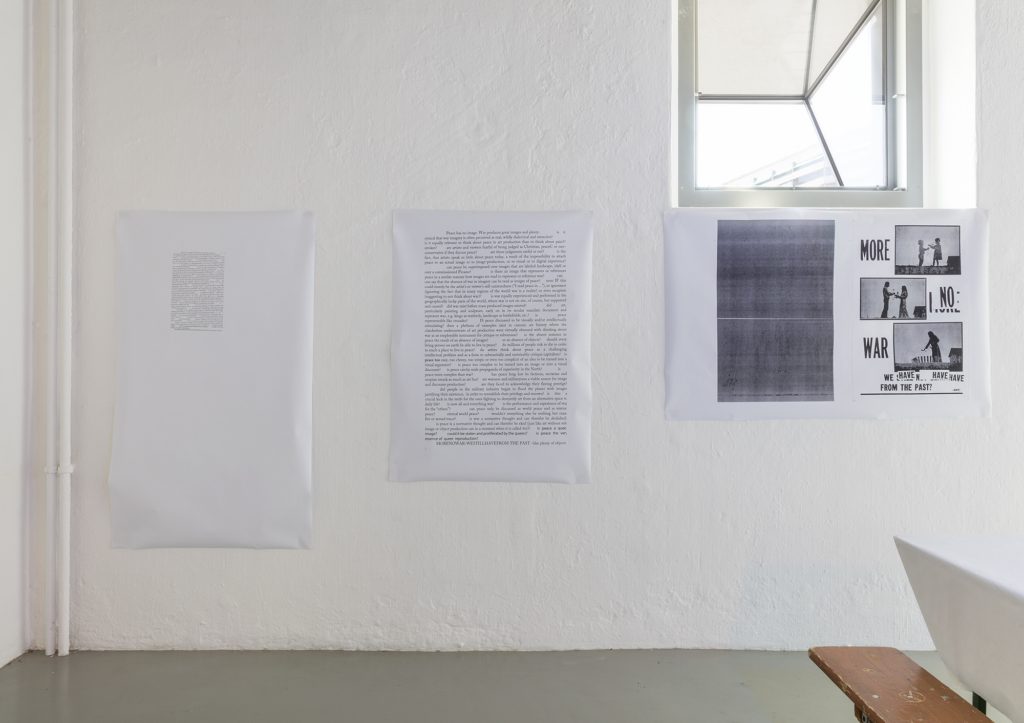
Vittorio Brodmann:

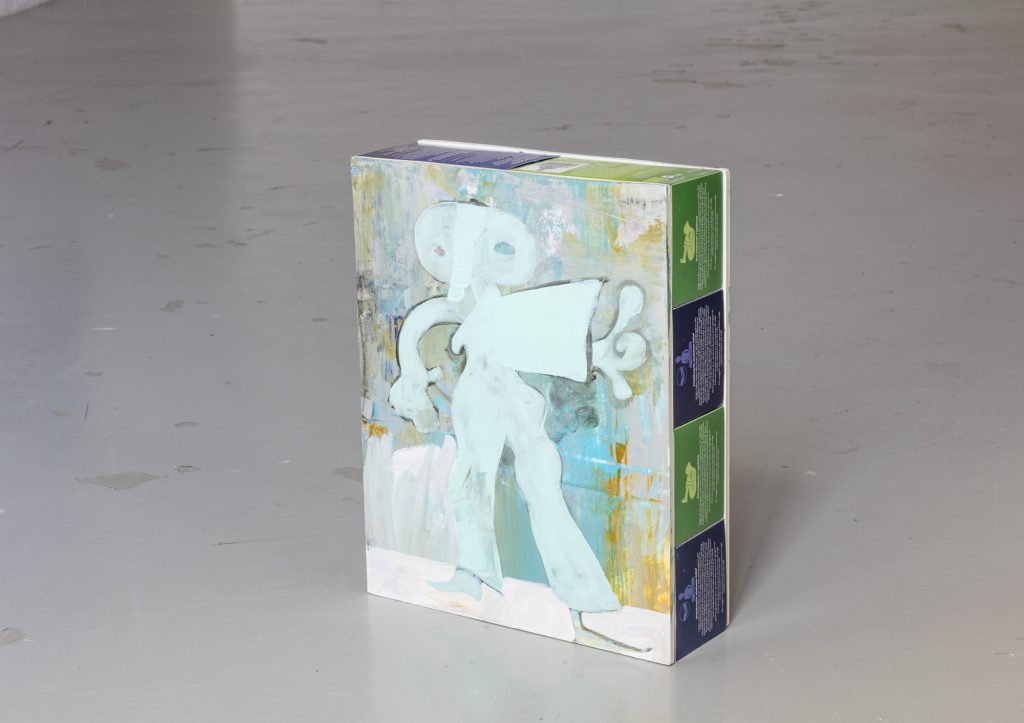
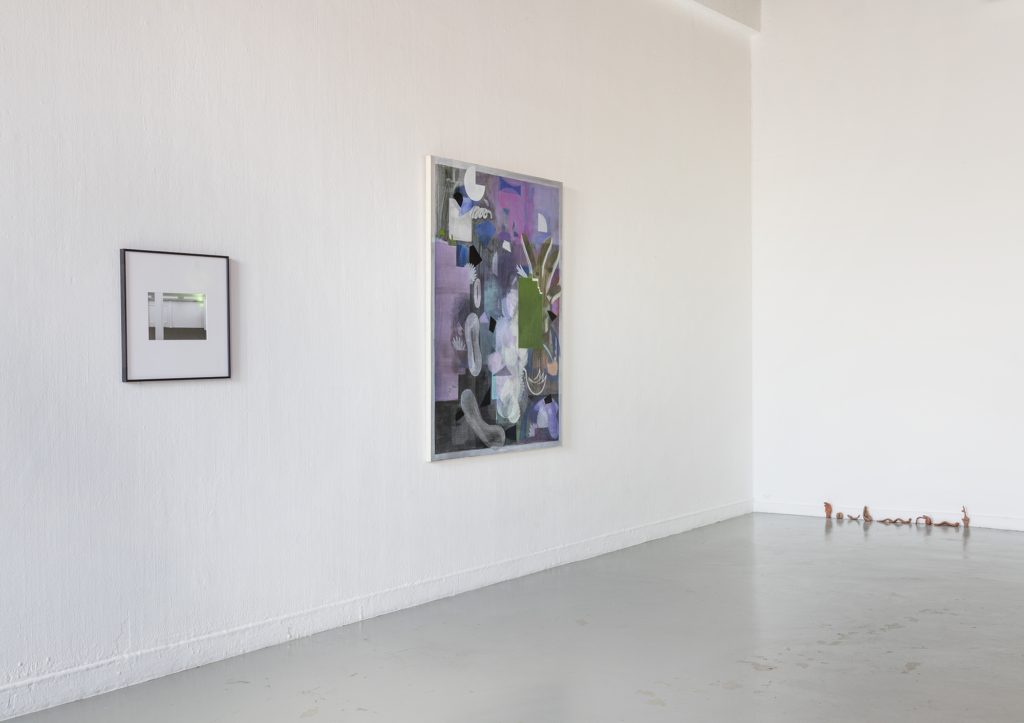
Flavio Merlo:
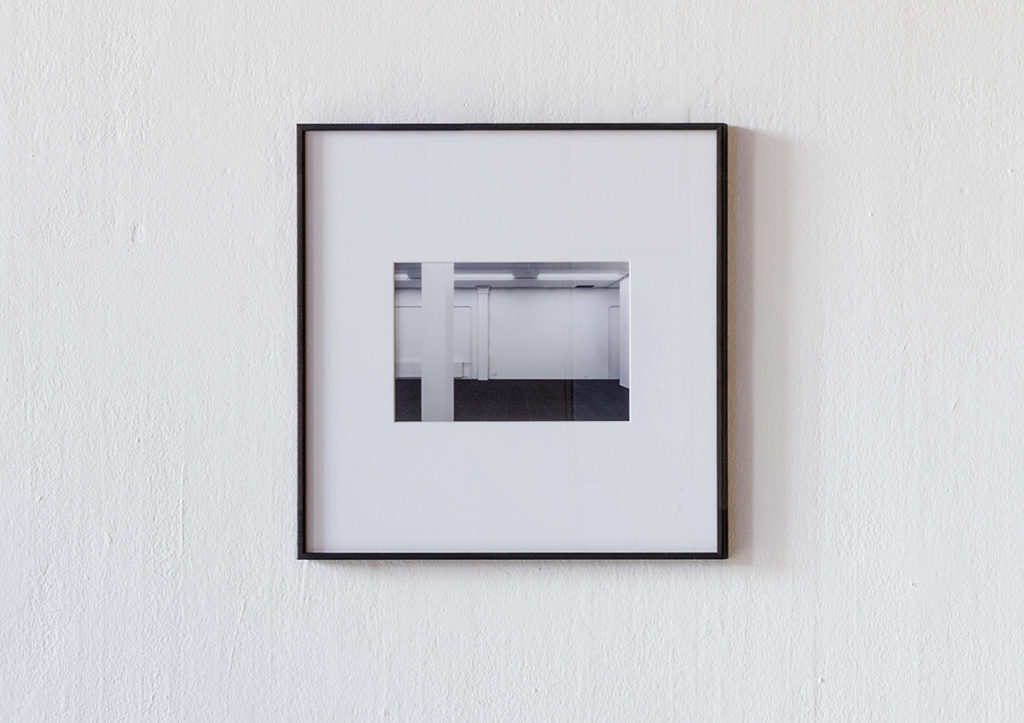
Charlotte Herzig:
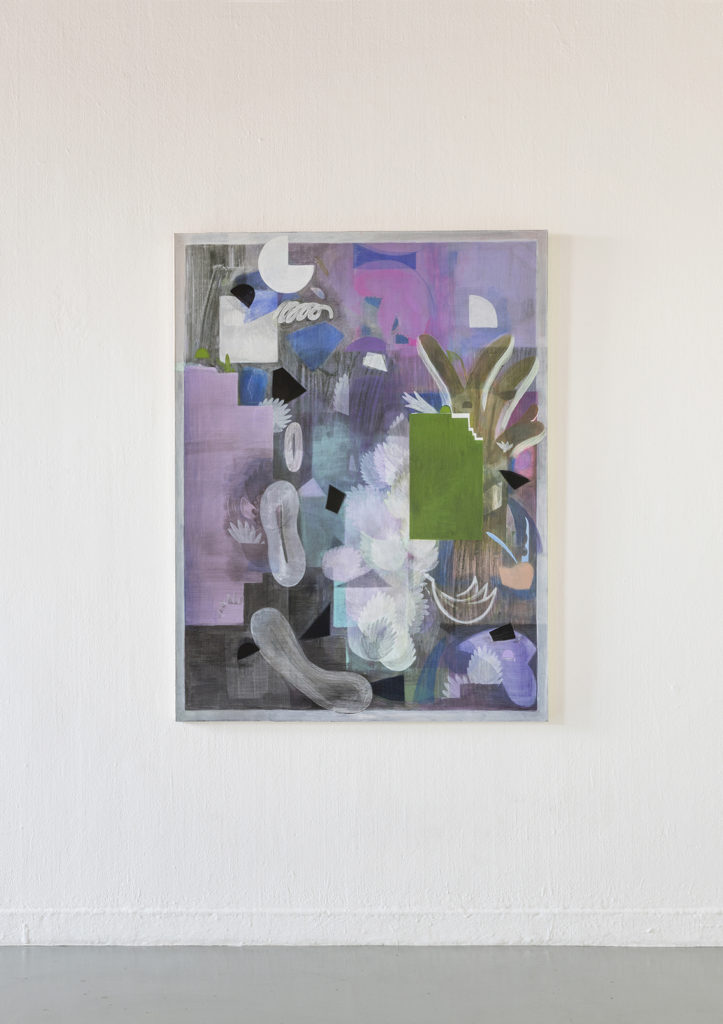
Bianca Benenti:
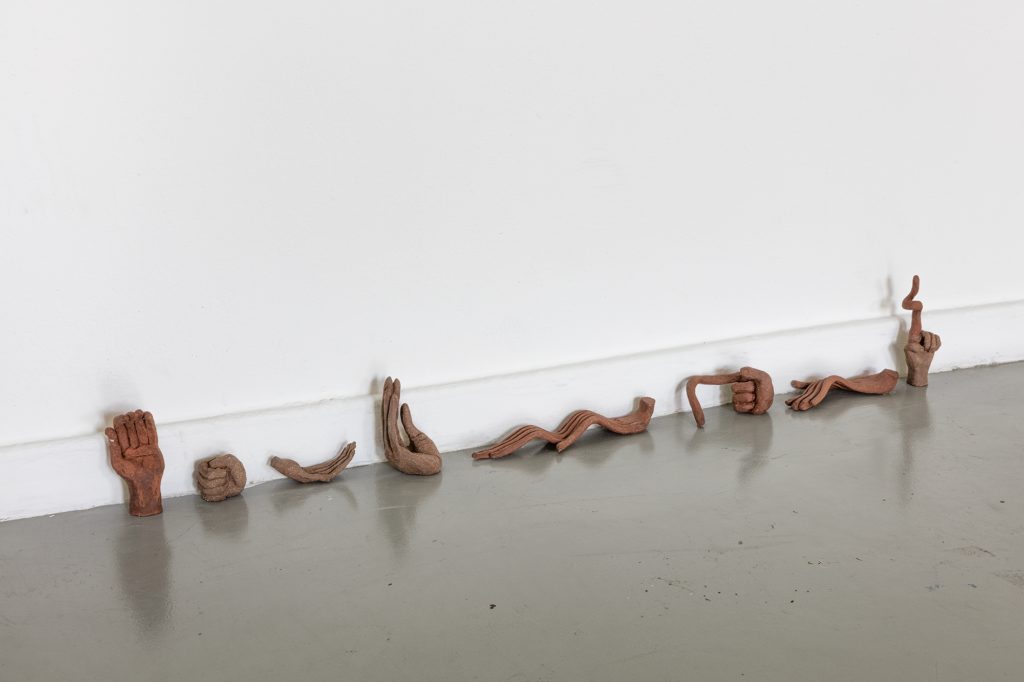
Matthias Sohr:
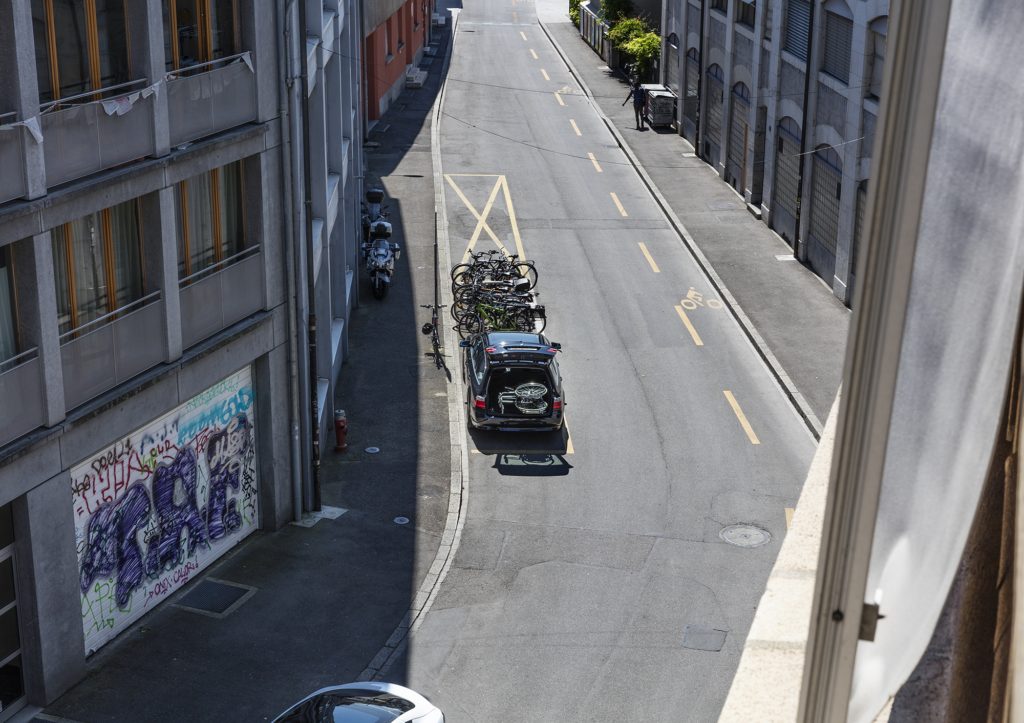


Photos: Maria Trofimova & Julien Gremaud

Warmest,
June 1st – 26th, 2016
Maud Constantin
Tatiana Rihs
Ramaya Tegegne
Opening
Tuesday May 31st, from 6 pm
Open on Fridays, Saturdays and Sundays, 2 – 6 pm
and by appointment (mail@forde.ch)
–
1er – 26 Juin 2016
Maud Constantin
Tatiana Rihs
Ramaya Tegegne
Vernissage
Mardi 31 mai, dès 18h
Ouvert les vendredis, samedis et dimanches, 14h – 18h
et sur rendez-vous (mail@forde.ch)
Juices
(français ci-dessous)
April 24th – May 15th, 2016
an interview by Julie Ault
a film on Shulamith Firestone
a film by GB Jones
zines by Hedi El Kholti
a radio by Klat
a text by Park McArthur
a reader by Hope Svenson
a manifesto by Stephen Willats
films by Amelie von Wulffen
Opening
Saturday April 23th, from 6 pm
Opens on Fridays, Saturdays and Sundays, 2 – 6 pm
and by appointment (mail@forde.ch)
The film programme lasts 2 hours 21 minutes.
The radio programme lasts 49 minutes.
The reading of all the texts takes at least 5 hours.
–
du 23 avril au 15 mai 2016
un entretien par Julie Ault
un film sur Shulamith Firestone
un film de GB Jones
des fanzines de Hedi El Kholti
une radio de Klat
un texte de Park McArthur
un reader de Hope Svenson
un manifeste de Stephen Willats
des films d’Amelie von Wulffen
Vernissage
Samedi 23 avril, dès 18h
Ouvert les vendredis, samedis et dimanches, 14h – 18h
et sur rendez-vous (mail@forde.ch)
Le programme de films dure 2 heures 21 minutes.
Le programme radio dure 49 minutes.
La lecture de tous les textes prend minimum 5 heures.
–
To involve oneself with someone revered [Jack Smith] through an act of generosity from the POSSESSOR of the keys to the Kingdom (aka the pasty LANDLORD of LANDLORDISM), the trusty trust of ownership of the very angry and justifiably enraged perceptive and intuitive mind and body [Jack Smith], who could fast-forward to exactly where we are right now, standing here in this nice clean perfect fake white space that nobody wants to mess up or get dirty because in the end it is never dirty because it will always be clean again in the end. And ANYWAY, NOBODY HERE asked Jack [Smith] to show THEN in this above-underground organization. So JACK’S SPACE was THE ONLY SPACE where he existed, and what you see in these rectangles are just amazing objectified remnants of a person who was once Jack Smith in the world plus all the people that were there and willing that, incidentally, you don’t give two shits about if they’re alive or dead or broke or starving or they can’t afford the rent because the ugly spiteful patriarchal heteronormative NORMATIVE oppressive heterosexist culture—YES THAT’S YOU—just won’t quit and let us fade into the fantastical dreamy instead of the dreary spiteful competition race contest war. It’s like a fadeout every few minutes after we try so hard to restart and restart in some amazing shining moments of humility and humanity. The USofAmerikkka hates artists still. Read all about it in any COMMENT section of any mainstream online art article, how DARE these lazy unemployed unpaid LEECHES of society ask for anything because they don’t even work! And our very OWN community of rent collekkktors, direkkktors, slaveowners, saleslobsters, and curehators support such a ludicrous idea by not paying artists ANYTHING other than SPACKLED CRUMBLING CRUDDY specks of insulated speculation from the corrupt unregulated FAKEASS ART TRADING MALL SUPERMARKET for the WEALTHY and a few CRUSTY dollars thrown at usually the ALREADY SOLVENT AND RELIABLE MALE SECURITIES ARTISTS as an achievement award. Some of this SOGGY CLAMMY SWEATY GENEROSITY allegedly trickles down to you so you can GO SHOPPING and SPEND those crummy dollars in the larger economy to make more work but HEY! DON’T BUY a bag of groceries just PAY your rent or your STUDIO RENT to the ARCHING INVERTEBRATE MONGOLS OF LANDLORDING INC. so you can sleep somewhere and DO YOUR BUSINESS of MAKING and STILL THANKFULLY patriotically support the economy doing an honest day’s work BUT DON’T upset everyone and anyone with the perceived notion of MESSINESS godforbid or NAKED OFFENSIVE BODIES because none of them believe you are doing anything ANYWAY! HOW do THEY KNOW you’re good if no one ELSE tells them you’re GOOD? OH right I forgot THERE’s the HEADLESS HORESEMEN on a TEEVEE show that will decide if you’re a “GOOD” or “BAD” artist or not…but I DIGRESS, because honestly it would be better to set up some offshore banking account in the Cayman Islands—which incidentally would also surely be a FANTASTIC location for the STARS OF CINEMAROC piece I’d actually really like to do if anyone reading this could FUND that particular project of mine because I know a LOT OF WEALTHY ASS PEOPLE walk though this space. But I digress again because nothing much had changed since Jack’s death, it hasn’t even been that long but everyone still wholeheartedly unequivocally HANDS DOWN still supports a system that doesn’t even have a name because AMERICA STILL HATES ARTISTS. NOBODY in the end respects A QUEER ARTIST or a QUEER for that matter, rather known as an infantilized adult who must be told what is too much or right or wrong rather than such queerness known as a path towards HUMANITY. Maybe just MAYBE some of us DESPISE following the rules of wage slavery for something known as a fucking GOD or BOSS or GOVERNMENT or NATION. TONS of artists think they’re following the rules and making nice and safe and sound selling at FARE ART fairs where there’s people buy buying your AWESOME style and credibility and objets d’art and all of it fits nicely into a system that is dripping and smothered in poison gravy and everyone’s conveniently ignoring that there’s so much to be fucking AnGRY about but the only people angry are quacking ducks with their own TV CHANNEL who have nothing to complain about other than to uphold their AMAZINGLY AWESOMELY HIDEOUS STATUS QUO. So you come home punch drunk after edifying conversation or perhaps a FARE-FAIR and the collaboration is over, the action is paralyzed, diced chopped and parlayed into a studio where you synthesize your amazing conversations into some product that is perfect for the mode of production and form that fits so well into your belief in the ultimate crowning moment of your OWN LANDLORDISM and PRIVATIZED SLAVERY that we’re all now seemingly bound to, with NO OTHER OPTION THAN THE WAY THINGS ARE EXACTLY NOW AT THIS SPECIFIC INSIGNIFICANT MOMENT IN TIME, a slavery that is shaped like this space you’re standing in right now. […] DEEP inside YOU ALL KNOW that this fucking GAME SUCKS and we, THE ARTISTS, are skirting around the rules of the WHOLE script that’s already set the MINUTE we’re born. And hey, if we DON’T want to play THAT game then we’re gunna FUCK the WHOLE SYSTEM UP. SO you The Custodians need to come in and make it legit and safe because a DEAD RADICAL ANGRY QUEER ARTIST is just SO MUCH EASIER TO DEAL WITH and so MUCH MORE AWESOME TO COOLLECT than a live one. THAT GENIUS artist, whose work and habits and commentary and garbage-infused practice and dirtiness and aphorisms and struggles and SUGGESTIONS and CRITICISMS and COMMENTS and PLEADINGS you really don’t necessarily need to CARE ABOUT, HEAR OR ACTIVATE AS LONG AS THEY LOOK GOOD in the RECTANGLE. And at the very same time everyone can SO EASILY make trillions off some teacher pensions or launder some cocaine money and artificially inflate the prices of their own artist-commodities because as you know WE’RE ALL SAFE IF WE ALL PLAY the SAME fucking GAME together. So this queer position we follow, stepping over and wading through the COCKroaches for our crusty meals while those of you who could opt to support us while we’re FUCKING ALIVE just sit there and maybe wait for us to beg to be paid or sometime in a blue moon one of you citizens of Planet Money sells some THING we make, just prolongs me being so SICK TO DEATH of THOSE VERY fucking stupid games. Because there must be some illusion that me or maybe my amazingly handsome HOLOGRAM is MAGIKALLY doing PERFECTLY FINE. I feel so thankful for Jack, no matter how many personality problems. Maybe he’s lucky he’s dead or we’re lucky he’s dead or he’s better off dead. OH but that reminds me- again, his WORK. […] YOU THAT REJECT the SOCIAL COMMUNITY OF BEAUTIFUL VINES, you that want COMMUNITY WITHOUT THE COMMUNE-ITY PART for your NON-BONDING rituals. Those of us bound to a steep CREATIVITY and PUNCH-DRUNK PLAY will not place aside our very PERSONABLE MISSION. Everything you stand for is just STANDING IN THE WAY of the 1 TRILLION OTHER possibilities that are out there which you could FUND with the fake paper that’s worth gazillions of MEANINGLESS DOLLARS in your INDUSTRIAL-ENTERTAINMENT-PHARMAMILITIA overstock.com trading COMPANY called PLANET EARTH if you only had such vision. I’M NOT JOKING.
Excerpt of Welcome to My Rectangle by A.L. Steiner presented in 2011 at Gladstone Gallery, New York, as part of the exhibition Jack Smith: Thanks for Explaining Me.


























photos: Julien Gremaud







MMXVI
Hélène Fauquet
February 20th – March 27th, 2016
Hélène Fauquet lives and works in Paris
Opening
Friday February 19th, from 6 pm
open on Fridays, Saturdays and Sundays, 2 – 6 pm, and by appointment
–
du 20 février au 27 mars 2016
Hélène Fauquet vit et travaille à Paris
Vernissage
Vendredi 19 février, dès 18h
ouvert les vendredis, samedis et dimanches de 14h à 18h et sur rendez-vous







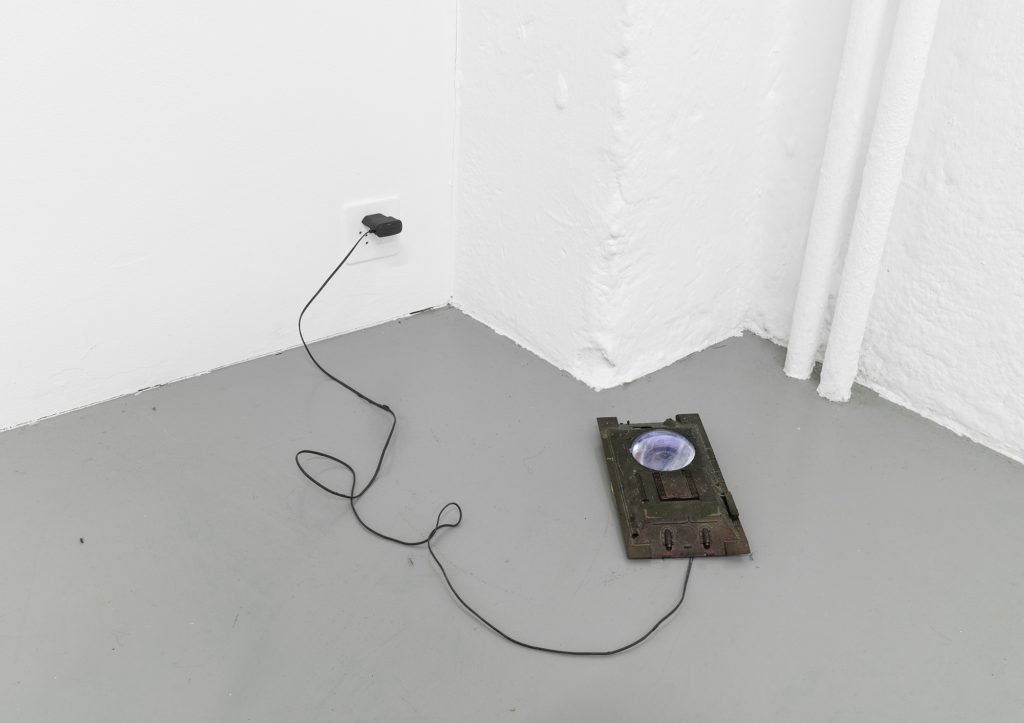
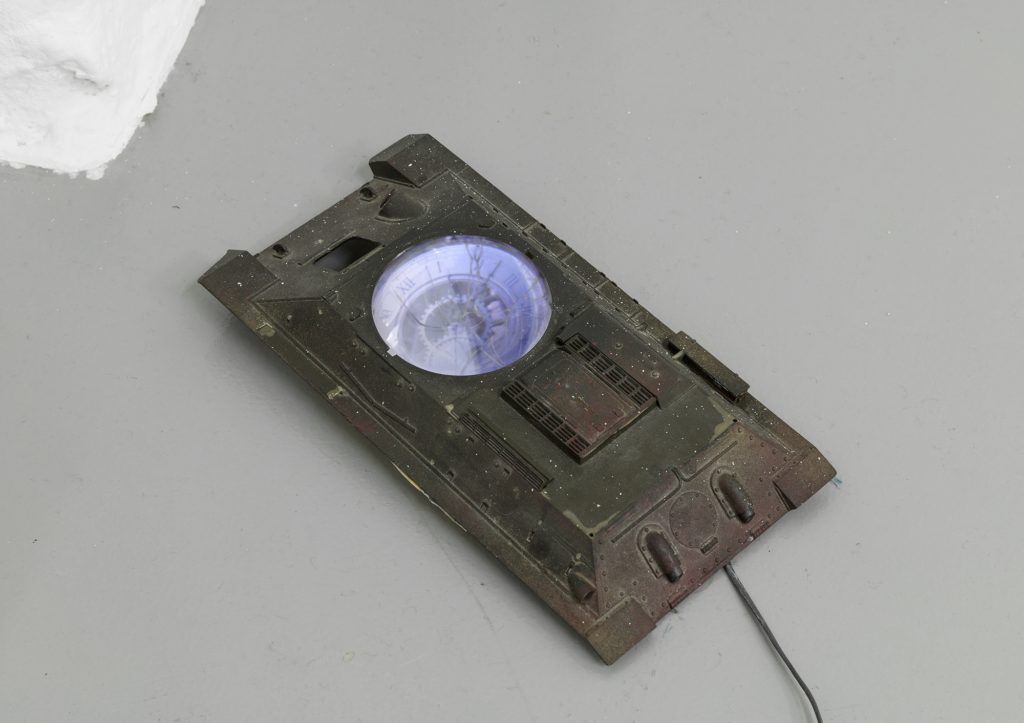



photos: Julien Gremaud

London Today
Gina Fischli
February 20th – March 27th, 2016
Gina Fischli lives and works in London
Opening
Friday February 19th, from 6 pm
Open on Fridays, Saturdays and Sundays, 2 – 6 pm, and by appointment
With the support of Oertli Foundation
–
du 20 février au 27 mars 2016
Gina Fischli vit et travaille à Londres
Vernissage
Vendredi 19 février, dès 18h
Ouvert les vendredis, samedis et dimanches de 14h à 18h et sur rendez-vous
Avec le soutien de la Fondation Oertli

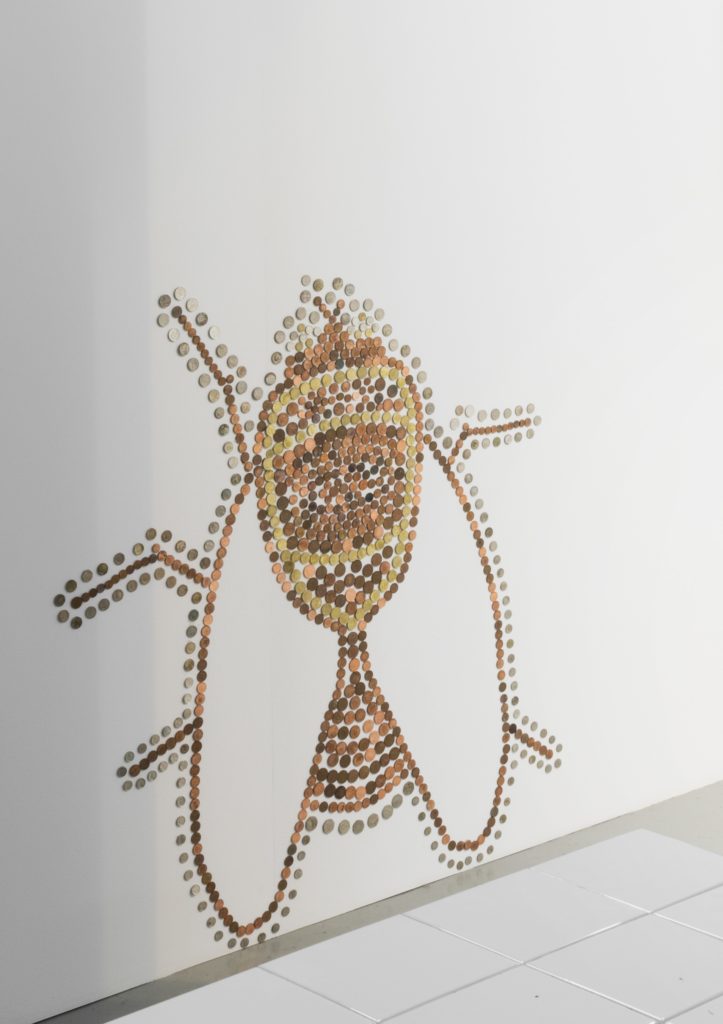









photos: Julien Gremaud

Cola
Vera Karlsson
February 20th – March 27th, 2016
Vera Karlsson lives and works in London
Opening
Friday February 19th, from 6 pm
open on Fridays, Saturdays and Sundays, 2 – 6 pm, and by appointment
–
du 20 février au 27 mars 2016
Vera Karlsson vit et travaille à Londres
Vernissage
Vendredi 19 février, dès 18h
ouvert les vendredis, samedis et dimanches de 14h à 18h et sur rendez-vous











photos: Julien Gremaud

Films
Chris Kraus
(français ci-dessous)
Sunday January 31st, 2016
4:30 pm
In Order to Pass (30 min, 1982)
Terrorists in Love (5 min, 1983)
Foolproof Illusion (17 min, 1986)
How to Shoot a Crime (28 min, 1987)
The Golden Bowl or Repression (14 min, 1984/88)
Traveling at Night (12 min, 1990)
7 pm
Sadness at Leaving (88 min, 1996)
9 pm
Gravity and Grace (87 min, 1996)
+ Tea, biscuits, soup
EXPERIMENTAL FILM
I don’t think I can describe the desire behind making these films any better than I did in a 1988 conversation with Sylvere Lotringer, published by a friend, Leo Edelstein in his magazine Pataphysics at a time when no one was interested. I had not yet started writing, and the desire behind them—to escape from unhappiness (i.e., a surfeit of emotion and content) into happiness (i.e., a clarity or form in which all these fragments of feeling and thought could be magically held) was still fresh. The desire was never fully resolved but I hadn’t abandoned it yet.
Visiting graduate art programs in Europe and London this year I was surprised by how many women I met who are still making these kinds of films, films that can be described as experimental, DIY, personal, poetic, abject. The technology’s changed but the impulse to create this kind of order—delirious, dreamy, romantic, paradoxical, fraught—is still compelling. A terrible megalomania, an insistence on being present—even when one has no personal presence—through one’s double, the film. Gripped by extreme sensitivity, atmosphere’s everything. The background becomes foreground. An externalization: cutting instead of cutting. Much as I loathe the idea of a feminine ecriture, I have to admit that the impulse to do this seems very female. Barbara Rubin a patron saint of this kind of film… 15-year-old girl given a Bolex transforms her isolate misery into Christmas on Earth.
Films that impressed me this winter: Ruth Novaczek’s Episode, Sense and Alibi—short epics composed of old and found footage held together by Novaczek’s voice… Bereft winter landscapes and secrets—my clothes were all wrong—composed like a pop song; the terror you feel when everything’s moving a fraction too fast. Lucy Pawlak’s The Inspection House,Training for the Family in How to Act—a feature-length pageant in which four performers masked in facial prosthetics—deranged hobbits all—enact the small cruelties encouraged in acting schools. Even with the relative cheapness and ease afforded by digital video production, these films are heroic achievements, mobilizing equipment and people for days and weeks at a time… they are attempts to encapsulate the whole world in this dinky form. “Always do,” Simone Weil wrote, “what will cost you the most.”
In Sheila Heti’s novel HOW SHOULD A PERSON BE, the painter Margaux, depressed and grasping at straws, decides to make this kind of movie: “I suddenly knew,” she confides, “what I had to do to get rid of my bad feelings—not speak less but speak more, and not through you, but through myself. I had to try even harder for meaning. It was finally time to. I would make a movie. … So I started filming, you know, using everything I had. Next I’ll put the scenes in some kind of instinctual order. … Am I retarded? Am I retarded? Am I retarded?” Margaux concludes. “I hate power,” the young Bernadette Mayer wrote inStudying Hunger, “except the power I have to show you something.”
I began making films when Ruth Maleczech, who I’d studied acting with for three or four years, looked at me and said: “I don’t think acting’s for you. I think you should make movies.” She told me to watch Michael Snow’s Wavelength. I did. Watching Snow’s hour-long single-shot film—a slow zoom onto a couple inside a room—blew me away. By turns somber and giddy, Snow’s film was a high joke, an ontological koan. It occurred to me that instead of repressing my analytical bent as an actress I could make movies, i.e., turn my head inside out and reveal thought without ever speaking.
I borrowed a Super 8 camera and began shooting film on a trip home to New Zealand that summer. Each 3-minute roll cost about $20 with processing. I had no ideas except for using the camera to say what I couldn’t. Revisiting scenes of an adolescent psychosis, I walked through a large park and aimed the camera up towards some trees. The leaves on the branches were dense and the light moved very fast. When I viewed the two rolls on a borrowed Super 8 viewer I felt nauseous and giddy. This was it.
Making the film took a long time. It took months to discover its subject (nostalgia vs. memory; how not to get lost in the past) and months more to discover its form: a battle between words and pictures that began when I asked a philosopher friend, Irene Crofton, to write a text on this topic. I remember shooting words on an ancient word-processor in single-frame animation and being gripped by a certainty, then, that I had to bring twelve people to an abandoned hotel in the Catskills to act out King Lear. This idea struck me as either great or self-indulgent. I had already stopped topless dancing, was working in law firms for $12 an hour and every four hours of work equaled six minutes of film stock and processing alone. I borrowed $300 and the film was finally finished one summer, strips of Super-8 film cut, labeled, and draped over every available surface of my apartment.
In subsequent years my life became somewhat less marginal but my approach to making these films did not. They were rarely exhibited during the years they were made.
These films have nothing to do with me now. Their exhibition comes too late to feel like a vindication. Nevertheless it’s a pleasure—an abstract affirmation of a practice I’m no longer involved in but will never recant… emotional science, the giddy revenge of the ageless un-gendered young woman.
– Chris Kraus
Chris Kraus is a Los Angeles-based writer, critic and co-editor of Semiotext(e). She is the author of four novels, most recently Summer of Hate. Her monograph, Lost Properties, was written as part of Semiotexte’s pamphlet series for the 2014 Whitney Biennial. She is presently working on a critical biography of Kathy Acker and teaches in the Media Studies program at the European Graduate School in Saas Fee. Before her career as a writer, Kraus was an artist and a filmmaker. In her novel I Love Dick, the narrator is a self-described “failed filmmaker.” She goes on to chronicle her attempts to make and sell her low-budget feature film, Gravity and Grace, in her second novel, Alien and Anorexia.
Thanks to Chris Kraus and Real Fine Arts.
–
Dimanche 31 janvier 2016
16h30
In Order to Pass (30 min, 1982)
Terrorists in Love (5 min, 1983)
Foolproof Illusion (17 min, 1986)
How to Shoot a Crime (28 min, 1987)
The Golden Bowl or Repression (14 min, 1984/88)
Traveling at Night (12 min, 1990)
19h
Sadness at Leaving (88 min, 1996)
21h
Gravity and Grace (87 min, 1996)
+ Thé, biscuits, soupe
FILM EXPÉRIMENTAL
J’ai décrit le désir qui a impulsé ces films dans un entretien avec Sylvère Lotringer, publié par un ami, Leo Edelstein, dans sa revue Pataphysics, à l’époque, lorsque ça n’intéressait personne. Je ne crois pas que je puisse faire mieux ici. Je n’avais pas encore commencé à écrire, et le désir qui sous-tend ces films—fuir la tristesse (à savoir un excès d’émotion et de contenu) vers le bonheur (une clarté formelle qui tiendrait ensemble par magie tous ces fragments d’émotions et de pensée)—était encore frais. Ce désir n’a jamais été tout à fait résolu, mais à l’époque je ne l’avais pas encore abandonné.
Cette année, dans les écoles d’art européennes et londoniennes que j’ai pu visiter, j’ai rencontré un grand nombre de femmes qui font encore ce genre de films, des films que l’on pourrait décrire comme des films expérimentaux, un peu bricolés, personnels, poétiques, abjects. J’étais étonnée. La technologie a changé mais cette impulsion de créer un ordre de ce genre—un peu dément, rêveur, romantique, paradoxal, tendu—reste percutante. C’est une mégalomanie terrible, on insiste à être présent—même quand on n’a aucune présence personnelle—à travers son double, le film. Dans ce genre de sensibilité extrême, l’atmosphère fait tout. L’arrière-plan passe au premier plan. Externaliser: couper plutôt que couper. Bien que je déteste l’idée d’écriture féminine, je dois admettre que cette impulsion me semble très féminine. Barbara Rubin en sainte patronne… la fille de 15 ans à qui on a donné une Bolex transforme sa misère isolée en un Christmas on Earth (Noël sur la terre).
Quelques films qui m’ont impressionné cet hiver: Episode, Sense and Alibi (Episode, Senset Alibi) de Ruth Novaczek—une série de mini épopées faites de found footage et liées par la voix de Novaczek… Un paysage désolé en hiver et des secrets—je m’étais gourée de tenue—composé comme une chanson pop; la terreur qu’on ressent quand tout va un peu trop vite. The Inspection House, Training for the Family in How to Act (La maison inspection: cours de comportement familial) de Lucy Pawlak—un long métrage où quatre acteurs avec des prothèses faciales—tous des hobbits dérangés—répètent les petites cruautés que l’on encourage à l’école de théâtre. Bien que la vidéo numérique soit pas chère, et facile d’accès, ces films restent des réussites héroïques. Il faut de l’équipement, du personnel et des acteurs, pendant plusieurs jours ou plusieurs semaines… Ces films tentent de contenir le monde entier dans des petites formes un peu ordinaires, ringardes. « Il faut toujours faire ce qui nous coûte le plus, » disait Simone Weil.
Dans le roman de Sheila Heti, How Should a Person Be? (Comment fait-on pour être quelqu’un?), la peintre Margeaux, déprimée et s’accrochant désespérément à tout semblant d’espoir, décide de faire ce genre de film. « D’un coup, j’ai compris ce que je devais faire pour me débarrasser de mes idées noires, » se confie-t-elle, « ne pas parler moins mais parler plus, et pas à travers toi, mais à travers moi. Chercher plus intensément à produire du sens. C’était finalement le moment. Je pouvais faire un film… Du coup, j’ai commencé à enregistrer, tu sais, en utilisant tout ce que j’avais à portée de main. Ensuite j’allais agencer les scènes selon un ordre instinctif…» Et de conclure, « Suis-je débile? Suis-je débile? Suis-je débile? » « Je déteste le pouvoir,» écrit la jeune Bernadette Mayer dans son livreStudying Hunger, « sauf celui que j’ai de te montrer quelque chose.»
J’ai commencé à faire des films lorsque Ruth Maleczech, avec qui j’avais suivi des cours d’arts dramatiques pendant trois ou quatre ans, m’a dit, en me regardant en face: « Je ne crois pas que ce soit ton truc d’être actrice. Tu devrais plutôt faire du cinéma.» Elle m’a suggéré de regarder le film de Michael Snow, Wavelength. J’ai fait ce qu’elle m’avait dit. J’ai été complètement éblouie par ce plan long d’environ une heure—un lent zoom sur un couple dans une pièce. En alternance sombre et grisant, le film de Snow est une farce de haut niveau, un koan ontologique. Je me suis rendue compte que plutôt que de réprimer mon penchant analytique en tant qu’actrice, je pouvais faire des films, c’est-à-dire me retourner la tête et révéler ma pensée sans jamais parler.
J’ai donc emprunté une caméra Super 8, et j’ai commencé à filmer de retour en Nouvelle Zélande cet été là. Chaque bobine de 3 minutes coutait 20 dollars, avec les frais de développement. Je n’avais pas d’autre idée que celle d’utiliser la caméra pour dire ce que je ne pouvais pas dire. En revenant sur des scènes de psychose adolescente, je marchais à travers un grand parc avec la caméra inclinée vers le haut des arbres. Les feuilles sur les branches étaient très denses, et la lumière bougeait très vite. Quand j’ai visionné les deux bobines avec un projecteur qu’on m’avait prêté, je me suis sentie grisée et prise de nausée. J’avais trouvé le truc.
J’ai mis longtemps à faire le film. J’ai mis des mois à en découvrir le sujet (nostalgie ou mémoire; comment ne pas se perdre dans le passé) et des mois à en découvrir la forme: une bataille entre mots et images qui a commencé lorsque j’ai demandé à une amie philosophe, Irene Crofton, d’écrire un texte sur le sujet. A un moment, lorsque j’étais en train de filmer une animation, image par image, de mots sur une vieille machine à écrire électrique avec traitement de texte, il m’a paru absolument nécessaire de partir avec douze personnes dans un hôtel abandonné des Catskills pour jouer Le Roi Lear. J’avais l’impression que c’était soit génial, soit tout simplement une manière de me faire plaisir. Je ne travaillais déjà plus comme serveuse topless, je bossais pour des cabinets d’avocats à 12 dollars de l’heure; avec quatre heures de boulot, je pouvais me payer six minutes de film et les frais de développement. J’ai emprunté 300 dollars et j’ai finalement terminé le film un été, les bandes de Super-8 coupées, étiquetées, et étalées sur toutes les surfaces de mon appartement.
Ma vie est devenue un peu moins marginale au cours des années qui ont suivi, mais ma manière de faire des films n’a pas changé. Pendant les années qu’a duré leur production, ils n’ont que rarement été projetés.
Aujourd’hui, ces films n’ont plus rien à voir avec moi. Le fait qu’ils soient projetés arrive trop tard pour que ça justifie quoi que ce soit. Et pourtant, c’est un plaisir—l’affirmation abstraite d’une pratique qui ne me concerne plus mais que je ne récuserai jamais… la science des émotions, la revanche grisante des jeunes femmes sans âge et sans genre
– Chris Kraus
Chris Kraus est une écrivain et critique d’art basée à Los Angeles, et co-éditrice de Semiotext(e). Elle est l’auteure de quatre romans dont le plus récent s’intitule Summer of Hate. Sa monographie Lost Properties a été écrite dans le cadre de la série de pamphlet éditée par Semiotext(e) pour la 2014 Whitney Biennale. Elle travaille en ce moment à la rédaction d’une biographie critique sur Kathy Acker et enseigne dans le programme Media Studies à la European Graduate School à Saas Fee. Avant sa carrière d’écrivain, Kraus était une artiste et une cinéaste. Dans son roman I Love Dick, le narrateur se décrit comme une « cinéaste ratée ». Elle continue de chroniquer ses tentatives de réaliser et vendre son long métrage à petit budget Gravity and Grace dans son deuxième roman, Alien and Anorexia.
Merci à Chris Kraus et Real Fine Arts.







YGRG & WIFEY
KARAOKE NITE
Tuesday January 26th, from 8 pm
Mardi 26 janvier 2016, dès 20h
Ramen by Ramon & Baby Val
Karaoke by Asian Eyes & Ginger Boss
Celebrating The Young Girl Reading Group Show at Art Geneva
Pour célébrer l’exposition The Young Girl Reading Group Show à Art Genève
by Dorota & Elge & Julia
RSVP2ME
<3








Palazzo Inverno
Timothée Calame
Alan Schmalz
January 8th – 10th, 2016
PALAZZO INVERNO:
Sleeper
Egypt
Educational shelters
Instruments
Meals
Open without interruption from Friday 8th, 7 pm, until Sunday 10th in the afternoon
This event is supported by Fonds cantonal d’art contemporain, Geneva
–
du 8 au 10 janvier 2016
PALAZZO INVERNO:
Couchette
Egypte
Abris Educatifs
Instruments
Repas
Ouvert sans interruption du vendredi 8 dès 19h au dimanche 10 dans l’après-midi
Cet événement reçoit le soutien du Fonds cantonal d’art contemporain, Genève



















photos: Lucia Martinez

XMAS Apéro + Forde Edition
(français ci-dessous)
Wednesday December 23rd, 2015, from 6 pm
XMAS APÉRO
+
NEW FORDE EDITIONS
by
Hugo Baud
Géraldine Beck & Miriam Laura Leonardi
Tina Braegger
Costanza Candeloro & Bianca Benenti & Elene Radice & Marion Goix & Adrian Huber
Giulia Essyad & Gaia Vincensini
Tiphanie Mall
Mélodie Mousset
Georgia Sagri
Jan Vorisek
Have a look at them here
+
Minestrone soup
Happy Holidays!
<3
Forde
–
Mercredi 23 décembre 2015 dès 18h
APÉRO DE NOËL
+
NOUVELLES EDITIONS FORDE
par
Hugo Baud
Géraldine Beck & Miriam Laura Leonardi
Tina Braegger
Costanza Candeloro & Bianca Benenti & Elene Radice & Marion Goix & Adrian Huber
Giulia Essyad & Gaia Vincensini
Tiphanie Mall
Mélodie Mousset
Georgia Sagri
Jan Vorisek
Vous pouvez les voir ici
+
Soupe minestrone